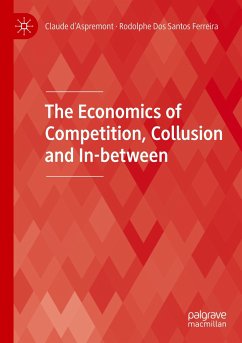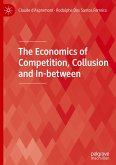This book provides a methodology for the analysis of oligopolistic markets from an equilibrium viewpoint, considering competition within and between groups of firms. It proposes a well-founded measure of competitive toughness that can be used in empirically relevant applications. This measure reflects the weight put by each firm on competition for market share relative to competition for market size - two dimensions of competition involving conflicting and convergent interests, respectively. It further explores several applications, such as the effect of tougher competition on innovation and of output market power on the emergence of involuntary unemployment, as well as the importance of strategic interactions for investment decisions.
Relative to the dominant model of monopolistic competition, The Economics of Competition, Collusion and In-between aims to explore an alternative tractable model of firm competition opening the application of oligopoly theory to many fields in economics where general equilibrium features are crucial. It will be relevant to those interested in applied industrial organization, trade, macroeconomics (in particular macrodynamics) and quantitative economics.
Relative to the dominant model of monopolistic competition, The Economics of Competition, Collusion and In-between aims to explore an alternative tractable model of firm competition opening the application of oligopoly theory to many fields in economics where general equilibrium features are crucial. It will be relevant to those interested in applied industrial organization, trade, macroeconomics (in particular macrodynamics) and quantitative economics.








